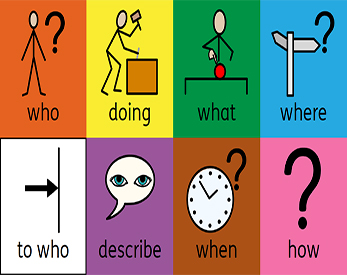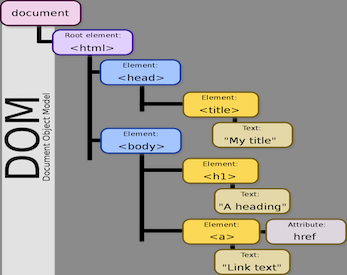My front pages
It’s been two years since I relaunched my website as a personal portfolio and developer relations blog. Having been a journalist, a marlinspike sailor and a technical writer, I’m finally comfortable describing myself as software engineer (on the basis that my last two roles both included writing code). This seems like a good point for some reflection.
Read More











